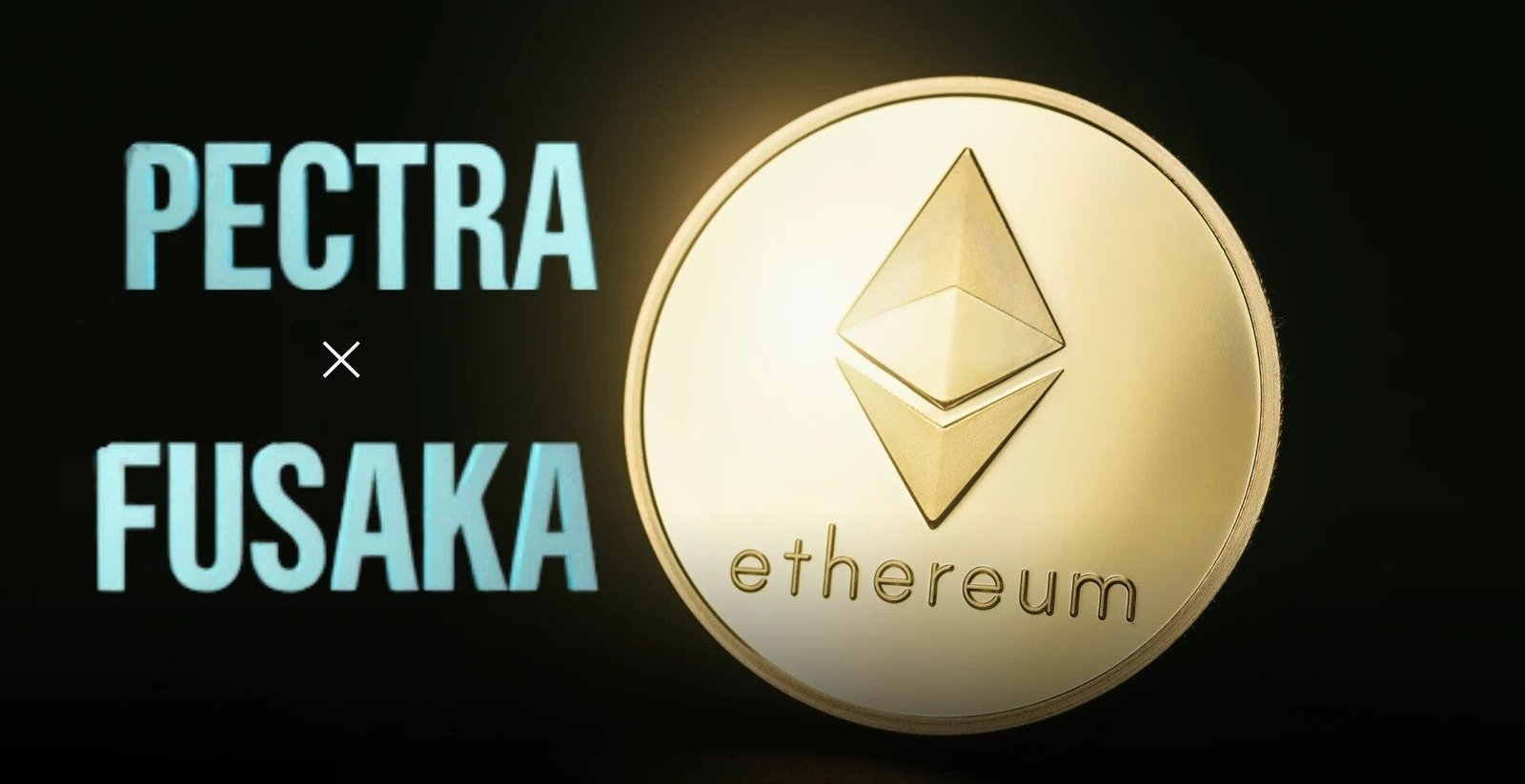The Ethereum Foundation has taken a groundbreaking step in blockchain security by announcing a comprehensive $2 million security audit contest for its highly anticipated Fusaka upgrade. This four-week competition, launched on September 15, 2025, represents one of the most extensive bug bounty programs in cryptocurrency history, demonstrating Ethereum’s unwavering commitment to network security and stability.
The Fusaka audit contest is co-sponsored by prominent blockchain entities Gnosis and Lido, and hosted on the Sherlock platform, creating a collaborative ecosystem for security researchers worldwide. This initiative goes beyond traditional audit processes by leveraging the collective intelligence of the global security community to identify potential vulnerabilities before they can impact the network.
The Fusaka upgrade bundles approximately a dozen Ethereum ETF Improvement Proposals (EIPs) focused on security, throughput, and efficiency, making it one of the most comprehensive updates in Ethereum’s evolution. The upgrade’s complexity necessitates rigorous testing, hence the substantial investment in this security audit contest.
Understanding the Fusaka Upgrade: Ethereum’s Next Evolution
What is Fusaka?
Fusaka is Ethereum’s next major upgrade, following Pectra, and is expected to roll out in late 2025 or possibly 2026. Its name combines Fulu, a star in the Cassiopeia constellation, and the city of Osaka—this naming convention follows Ethereum’s tradition of combining celestial and geographical references for major network upgrades.
The Fusaka upgrade represents a significant milestone in Ethereum development, focusing on three critical areas: scalability improvements, network efficiency enhancements, and robust security measures. Unlike previous upgrades that addressed specific aspects of the network, Fusaka takes a holistic approach to improving Ethereum’s overall performance.
Key Features of the Fusaka Upgrade
 Peer Data Availability Sampling
Peer Data Availability Sampling
The headline feature is Peer Data Availability Sampling, which distributes blob data checks across nodes to expand capacity for rollups. This innovative approach significantly enhances Ethereum scalability by:
- Reducing computational load on individual nodes
- Improving data availability across the network
- Enhancing support for Layer 2 solutions
- Optimizing blob storage mechanisms
Enhanced Security Protocols
The Fusaka security improvements include advanced cryptographic implementations, improved consensus mechanisms, and strengthened validator operations. These enhancements ensure that as Ethereum scales, it maintains its position as the most secure, innovative contract platform.
Throughput Optimizations
Network throughput improvements in Fusaka focus on transaction processing efficiency, reducing gas costs, and optimizing network resource utilization. These changes directly benefit DeFi protocols, NFT marketplaces, and other Ethereum applications.
The $2 Million Security Audit Contest: Unprecedented Scale
Contest Structure and Timeline
The contest runs for four weeks, starting from September 15th, to maximize scrutiny of the Fusaka upgrade and identify vulnerabilities before they can impact the network. This extended timeline allows security researchers to conduct thorough examinations of the upgrade’s codebase.
The Ethereum security audit follows a structured approach:
- Phase 1: Initial code review and vulnerability identification
- Phase 2: Deep-dive analysis of critical components
- Phase 3: Integration testing and edge case exploration
- Phase 4: Final validation and reporting
Prize Distribution and Incentives
The $2 million prize pool is strategically distributed to incentivize comprehensive security research. High-severity vulnerabilities command the most significant rewards, while medium and low-severity findings also receive substantial compensation. This structure ensures that researchers are motivated to identify issues across all risk levels.
Global Participation and Collaboration
The initiative invites researchers worldwide to audit the upgrade’s codebase, creating an unprecedented level of international collaboration in blockchain security. The Sherlock platform facilitates seamless participation, providing the necessary tools and resources for effective security research.
Technical Deep Dive: Fusaka’s Core Components
Consensus Layer Enhancements
The Fusaka consensus improvements include optimized validator selection algorithms, enhanced slashing conditions, and improved finality mechanisms. These changes strengthen Ethereum’s proof-of-stake system while maintaining decentralization principles.
Execution Layer Modifications
Execution layer updates focus on EVM optimizations, improved state management, and enhanced transaction processing capabilities. These modifications directly impact the efficiency of smartbrilliantract execution and gas optimization.
Network Layer Upgrades
Network layer enhancements improve peer discovery, data propagation, and overall network resilience. These improvements ensure that Ethereum nodes can efficiently communicate and maintain network synchronization.
Impact on the Ethereum Ecosystem
 Benefits for Developers
Benefits for Developers
The Fusaka upgrade benefits for developers include:
- Reduced development costs through improved efficiency
- Enhanced debugging capabilities
- Better tooling support
- Improved documentation and resources
Advantages for Users
End-users will experience faster transaction processing, lower gas fees, and improved network reliability. These improvements make Ethereum more accessible to mainstream adoption.
Institutional Adoption
The enhanced security and efficiency features position Ethereum favorably for institutional blockchain adoption, potentially attracting enterprise-level implementations and partnerships.
Security Methodology and Best Practices
Comprehensive Testing Approach
The Ethereum Foundation’s security approach combines automated testing, formal verification, and human expertise to ensure robust security. This multi-layered methodology ensures thorough identification and resolution of vulnerabilities.
Industry Collaboration
Partnerships with Gnosis and Lido bring diverse perspectives and expertise to the audit process. These collaborations leverage the diverse experiences and insights of different stakeholders to enhance overall security.
Continuous Improvement
The audit contest represents part of Ethereum’s ongoing commitment to continuous security improvement. Lessons learned from this process will inform future upgrade methodologies and security practices.
Timeline and Implementation Strategy
Pre-Launch Preparation
While Fusaka is expected to launch in late 2025, the Ethereum Foundation has acknowledged that the timeline could slip. This flexible approach prioritizes security and thorough testing over rigid deadlines.
Testnet Deployment
Following the security audit, Fusaka will undergo extensive testnet deployment phases. These testing phases allow for real-world validation of the upgrade’s functionality and performance.
Mainnet Activation
The final mainnet activation will occur only after successful completion of all security audits, testnet deployments, and community consensus. This methodical approach ensures network stability during the transition.
Conclusion
The Ethereum Fusaka upgrade represents a pivotal moment in blockchain evolution, combining significant technical improvements with unprecedented security measures. The $2 million security audit contest demonstrates Ethereum’s commitment to maintaining its position as the most secure and reliable innovative contract platform.
This comprehensive approach to security, involving global collaboration through the Sherlock platform and support from Gnosis and Lido, sets new standards for blockchain upgrade procedures. As the contest progresses, the insights gained will not only strengthen Fusaka but also inform future Ethereum development practices.
The success of this initiative will likely influence how other blockchain projects approach security audits and community involvement in network upgrades. Ethereum’s proactive security stance reinforces its leadership in the decentralized finance space, positioning it well for continued growth and adoption.

